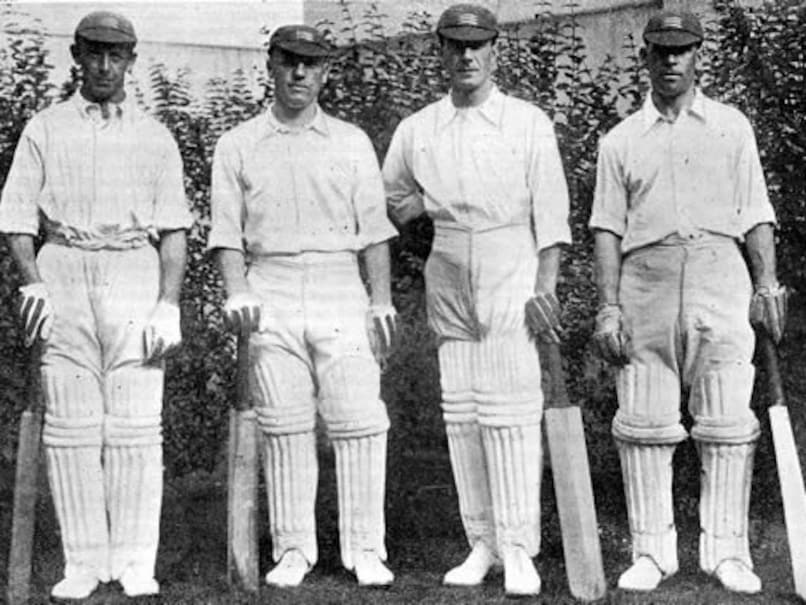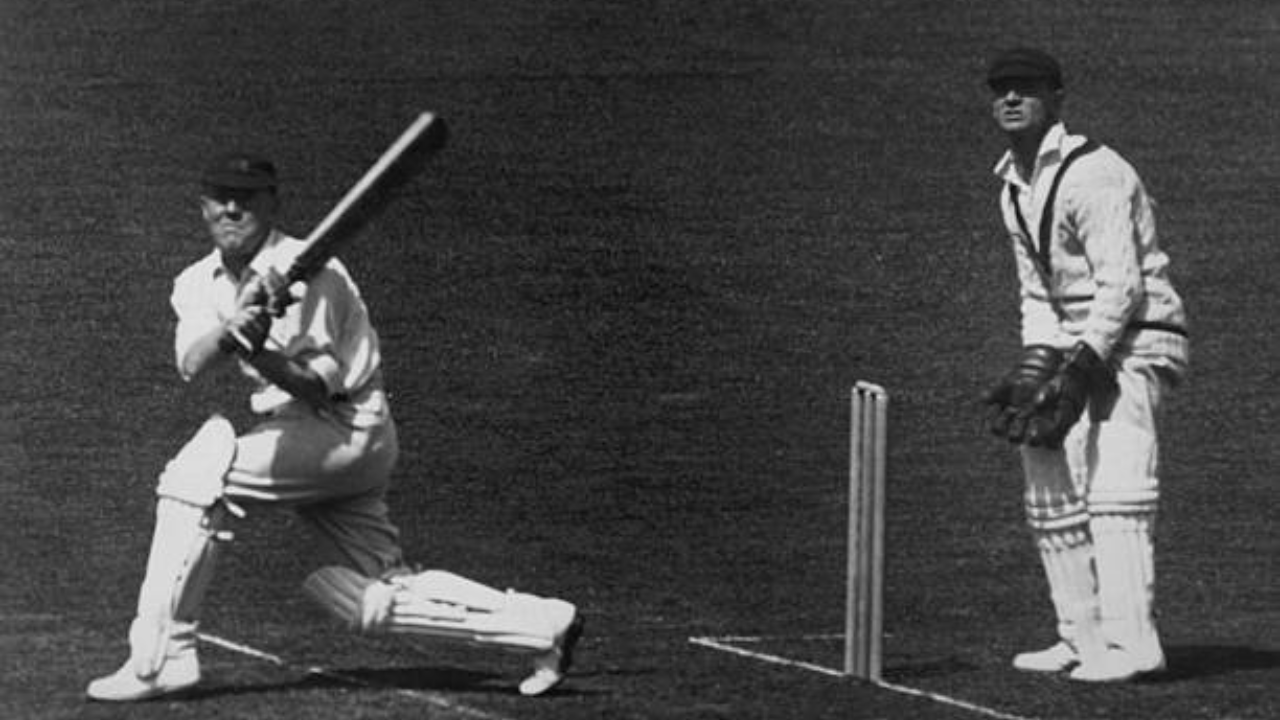Harry Lee: The Cricketer Who Returned from the Dead
In the midst of the horrors of World War I, a remarkable tale of survival and resilience unfolded. Harry Lee, a promising Middlesex cricketer, enlisted in the British Army in 1915. Amidst the carnage of the Battle of Aubers Ridge, he was presumed dead, and his family mourned his loss.
However, fate had a different plan. Lee miraculously survived a bullet wound and was taken prisoner by German forces. After six weeks in a French hospital, he was released and returned to England. Despite being informed that his left leg would be permanently shorter, Lee refused to give up his passion for cricket.
He played for the Royal Army Service Corps and later moved to India, where he coached cricket and football for the Maharaja of Cooch Behar. In 1918, he made his first-class cricket comeback in India, taking five wickets in his debut match.
Upon the war’s end, Lee returned to Middlesex and resumed his cricketing career. He scored over 1,000 runs in 13 seasons, showcasing his exceptional batting skills. In 1931, at the age of 39, Lee received his long-awaited Test call-up for England.
Despite his remarkable journey, Lee’s Test debut was bittersweet. He played in the third Test against South Africa but never received his official Test cap due to a dispute with a school where he worked in South Africa. Nevertheless, he was awarded an England touring cap by Jack Hobbs.
Harry Lee’s story is a testament to the indomitable spirit of human resilience. From the trenches of war to the cricket field, he overcame adversity and achieved his dreams, leaving an enduring legacy in the annals of cricket history.


